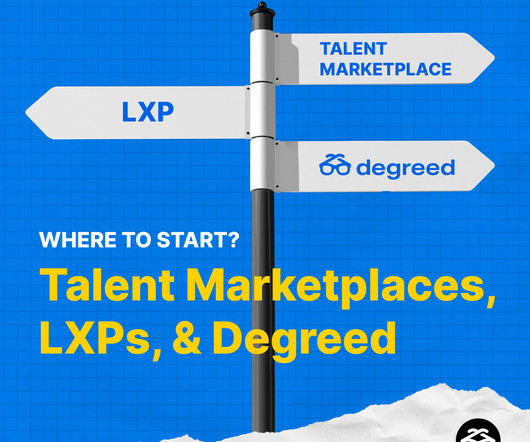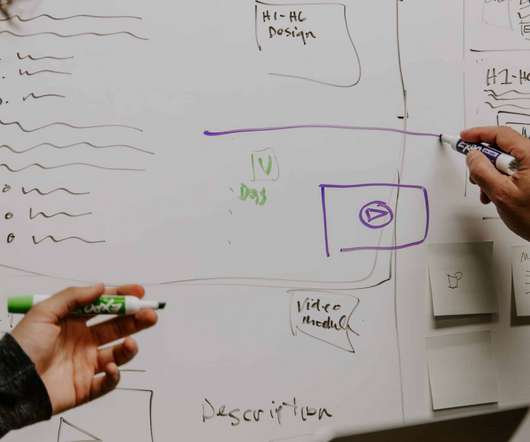How to build an agile and flexible workforce with talent-centered design
HRExecutive
AUGUST 31, 2024
This demands a deeper understanding of talent, beyond org charts or job descriptions, to a dynamic understanding of skills in real time. The concept of talent-centered design should be embedded in every workforce-planning decision. How talent-centered design can positively impact every aspect of the talent ecosystem.



































Let's personalize your content